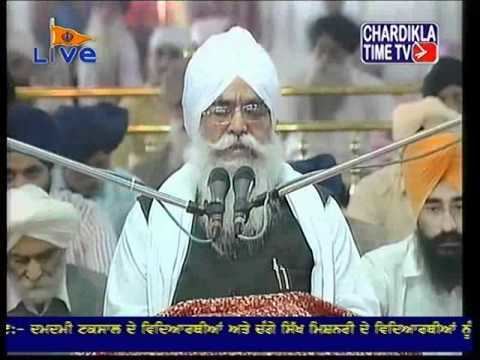Died 7 December 1705, Chamkaur | ||
 | ||
Bhai Sahib Singh (Gurmukhi: ਭਾਈ ਸਾਹਿਬ ਸਿੰਘ) was one of the Panj Pyare (or the Five beloved ones). He was formerly known as Sahib Chand and was a Barber (Nai) before being baptized into Khalsa tradition.
Contents
Birth and Family
There are different versions of different scholars regarding Birth Place and Family Members of Sahib Singh. Though all accepts the fact that, he was born in family of Barbers.
Regarding birthplace:
Regarding father and mother name:
Accepting Sikh faith
Bidar had been visited by Guru Nanak early in the sixteenth century and a Sikh shrine had been established there in his honour. Sahib Chand, as Sahib Singh was called before he underwent the rites of the Khalsa, travelled to Anandpur at the young age of 16, and attached himself permanently to Guru Gobind Singh.
He won a name for himself as marksman and in one of the battles at Anandpur he shot dead the Gujjar chief, Jamatulla. In another action the raja of Hindur, Bhup Chand, was seriously wounded by a shot from his muskets following which the entire hill army fled the field. Sahib Chand was one of the five Sikhs who, on the Baisakhi day of 30 March 1699, offered, upon Guru Gobind Singh's call to lay down their heads. They were greeted by the Guru as the five beloved of him. These five formed the nucleus of the Khalsa, the Guru's own, inaugurated dramatically that day. Sahib Chand, after undergoing the rites of the Khalsa, became Sahib Singh, receiving the title of Singh common to all members of the Khalsa.
Bhai Sahib Singh fell in the battle of Chamkaur on 7 December 1705 with Bhai Himmat Singh and Bhai Mohkam Singh.
